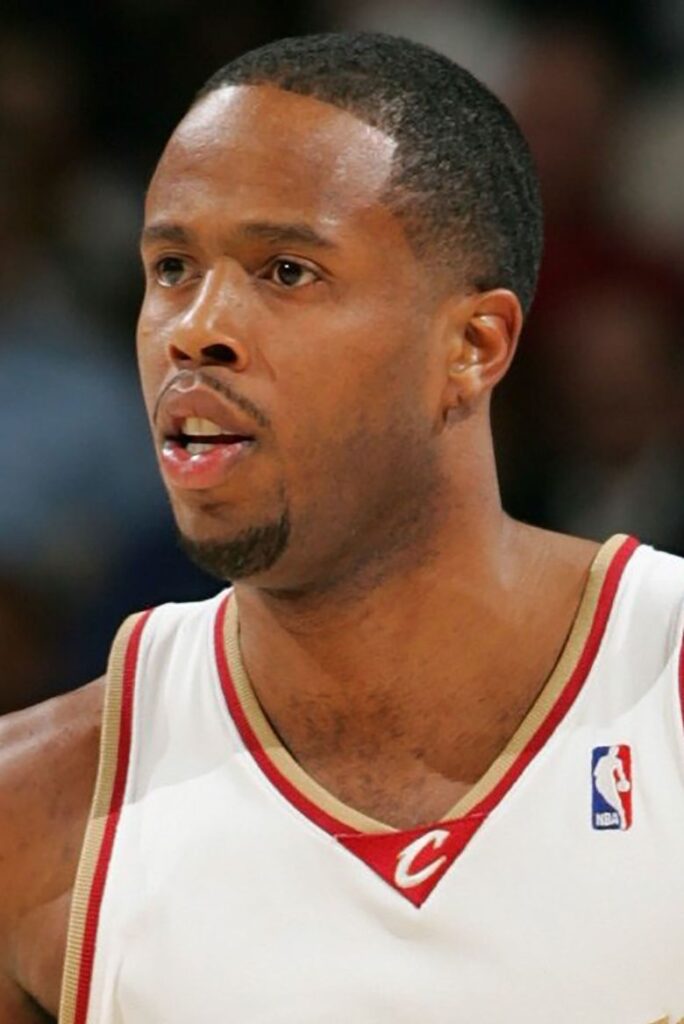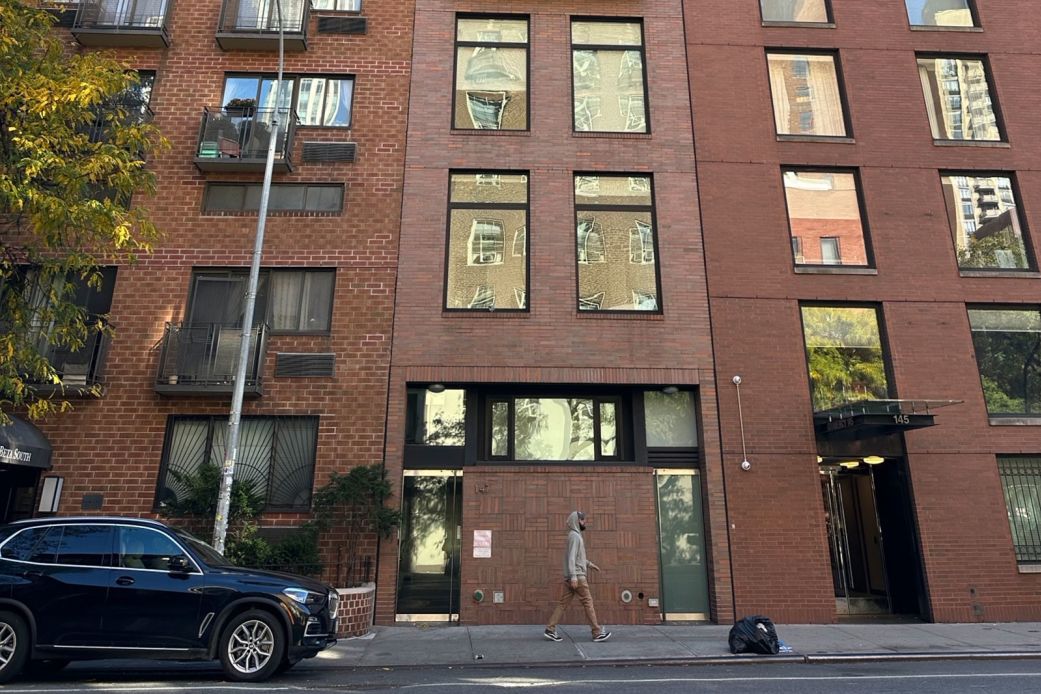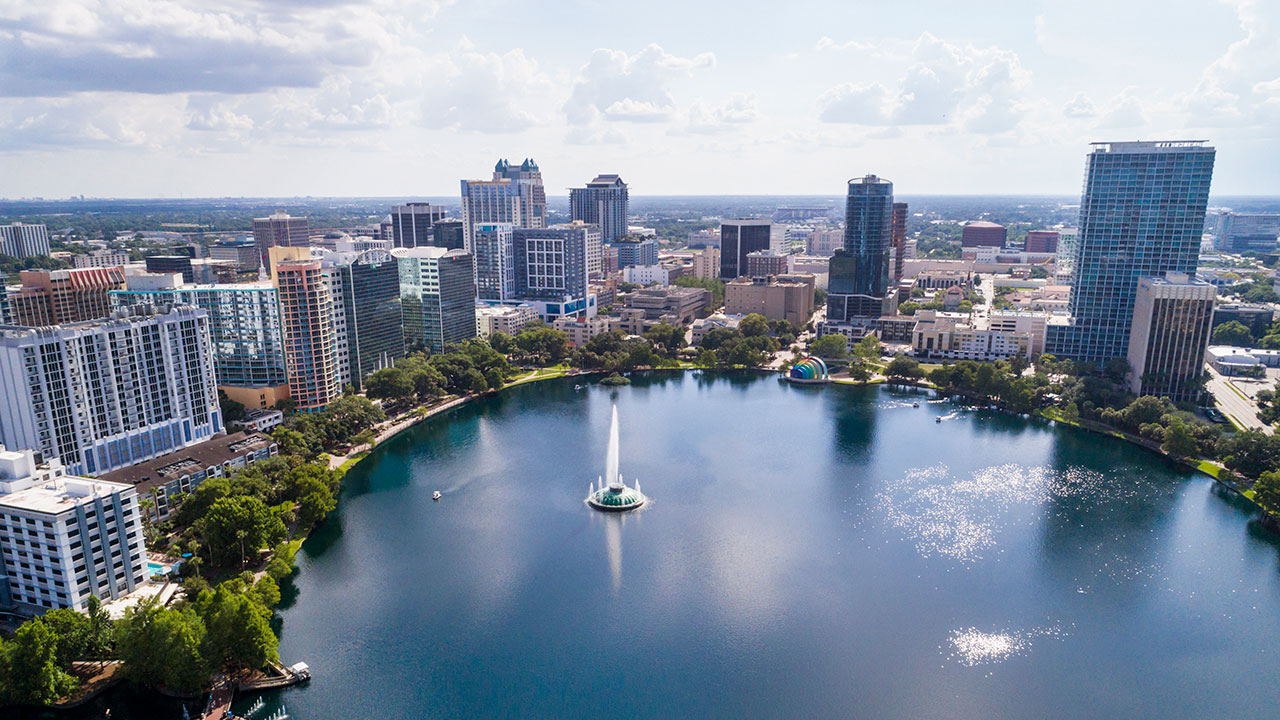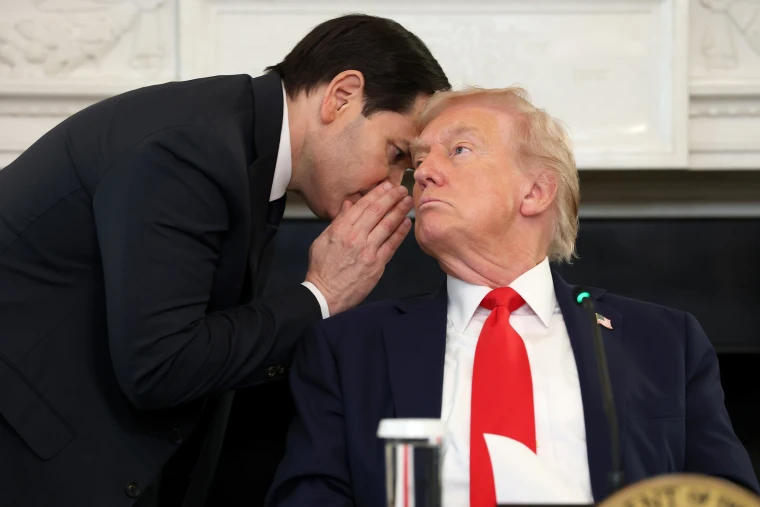Meta Description :
Inside a Manhattan apartment, investigators uncovered a secret high-stakes poker ring allegedly linked to the Bonanno Mafia family and celebrity athletes. Learn how it unfolded — and why no one noticed.
A Quiet Street, A Dangerous Secret
Behind the gleaming glass facade of a Kip’s Bay apartment in Manhattan, few neighbors imagined that the soft shuffle of cards and the low murmur of conversation masked something darker — an illegal poker empire allegedly tied to New York’s Bonanno crime family.
Across from a shuttered print shop, the apartment appeared ordinary — one of three in a modern building where luxury met anonymity. But according to prosecutors, it was the heart of a multi-million-dollar underground gambling ring, supported by four Mafia families and celebrity players whose names made the games irresistible.
Last week, 31 people were arrested, including NBA figures Chauncey Billups and Damon Jones, accused of participating in a nationwide conspiracy to rig high-stakes poker games that defrauded victims of more than $7 million.
The Mafia’s Hidden Hand in Manhattan

Federal investigators say the poker operation was anything but casual. It was a calculated scheme orchestrated by members of the Bonanno, Gambino, Genovese, and Lucchese families — all part of the infamous Five Families that once ruled New York’s underworld.
Their involvement added an unmistakable edge. Players who lost and failed to pay up were allegedly threatened with violence. For others, it was the glamour that blinded them — a chance to sit beside athletes and “made men,” unaware that every hand was stacked against them.
“These games weren’t about luck,” one FBI agent said during Thursday’s press conference.
“They were about control — and the illusion of prestige.”
Ordinary Neighbors, Extraordinary Secrets
Days after the arrests, the Kip’s Bay neighborhood moved on as if nothing had happened.
Dog walkers strolled by. Café owners opened up shop. The building stood silent — its past sealed behind tinted glass.
Inside a corner bodega, owner “AK”, who declined to share his full name, shrugged off the story.
“Come on, this is New York. Things like this happen every day,” he told CNN.
“They live in the shadows. You never see them — that’s how it works.”
Across the street, a woman buying water overheard the story and froze in disbelief. The idea that a Mafia-run poker ring had operated next door shocked her — for about a moment. Then she shrugged.
“I’m not scared. What are they gonna do to me?”
The Games Nobody Saw Coming
Just a few blocks away, Sally’s Bar in Curry Hill — where curry shops and vintage stores line the street — sits as a quiet observer to the drama.
Regular Scott Hernandez, perched on a red stool, admitted,
“Those games? They’re everywhere. If I wanted to find one tonight, I could.”
According to investigators, surveillance footage captured two Mafia associates tied to the case entering Sally’s Bar regularly. The bar itself wasn’t implicated — but its proximity to the operation paints a picture of how close the criminal underworld sits to everyday life.
For players, the allure wasn’t just money — it was status.
“You get to play poker with NBA players and mob guys,” Hernandez said. “It’s an ego thing. You feel untouchable — until you’re not.”
The Technology of Deception
What sets this operation apart is its sophistication.
The indictment revealed that players were seated at rigged tables equipped with X-ray cameras, marked cards, and electronic shufflers programmed to favor certain hands. Some players even wore contact lenses that allowed them to see hidden marks on cards.
“This isn’t a smoky backroom anymore,” said former FBI agent Joe Cantamessa.
“It’s digital crime with an old-school face.”
Investigators found that accomplices received signals via subtle gestures from off-site monitors — turning poker into a high-tech trap.
A Legacy That Never Died

In New York’s history, the Mafia’s shadow stretches long. From the Triangle Civic Improvement Association — once Vincent “The Chin” Gigante’s Genovese stronghold — to Greenwich Village’s old social clubs, the underworld’s pulse still beats beneath the city’s modern gloss.
“The Mafia didn’t vanish,” Cantamessa explains.
“They adapted. They moved from street corners to penthouses.”
Once known for extortion and racketeering, the families have shifted toward digital gambling, loan sharking, and tech-savvy scams — less visible, but just as profitable.
Even former mobster Louis Ferrante, who served nearly a decade in prison, says the pattern is familiar.
“These are predators,” he told CNN. “Normal people get lured in because they think it’s glamorous — but it’s a trap.”
A City That Never Notices
New York has always been a city of contradictions — its beauty and brutality intertwined.
As the aroma of curry and espresso floats through Curry Hill, few stop to think that beneath its charm lies a parallel world — one of money, power, and silence.
“They live among us,” Hernandez said quietly, finishing his beer.
“They just know how to stay unseen.”
The Mafia’s presence may no longer be as public as in the days of Gotti or Gigante, but the latest revelations prove one thing: its influence never truly left the city. It simply learned how to hide — behind closed doors.



